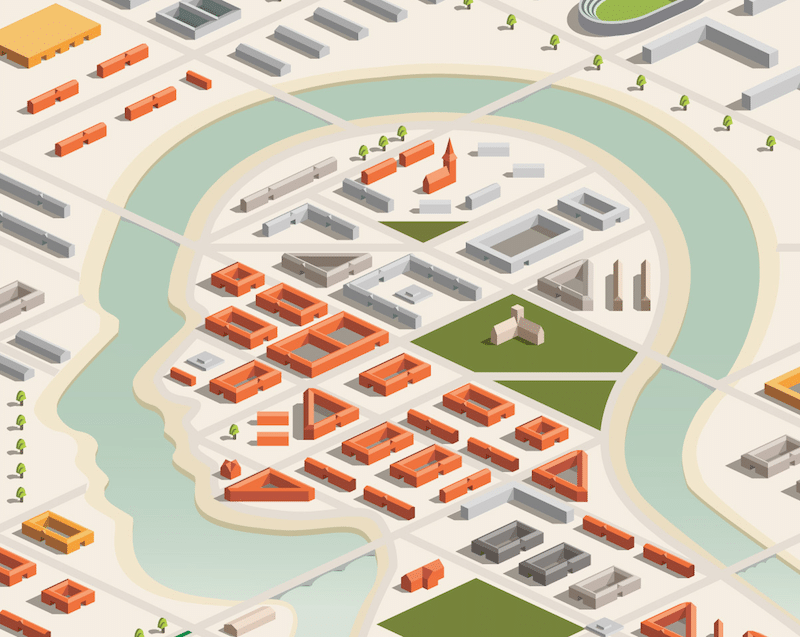A recent study suggests that smart buildings do not necessarily reduce energy consumption. The surprising results calls into question one of the main selling points of smart technology adoption in buildings, highlighting human habits as the main obstruction to efficiency.
Previous studies on the topic generally use simulations in order to assess a buildings energy efficiency, but this study measured data from a real-world LEED-certified building located in Missouri. The study, led by Dr. Jianli Pan, Assistant Professor of computer science at the University of Missouri-St. Louis, strategically chose the building as representative of a wide variety of smart buildings around the world.

By studying a building in the real world researchers could tie in human behaviour patterns rather than simply looking at the technology in its ideal circumstances. The comprehensive study monitored overall electrical consumption as well as heating and cooling in relation to environmental data in the building for every hour of everyday for a whole year. The results might have been surprising and disappointing for anyone involved in smart buildings.
For example, the study found that there was small or no variation within the heating and cooling system despite significant environmental change in Missouri’s four distinct seasons. In addition, the study found only a 15% difference in consumption when the building was at full capacity, during office hours, against when it was empty, at evenings and weekends. Both these key statistics suggest the building was not reacting to changing conditions, as it should. The building was not being very smart.
“We strategically chose to track this building in Missouri because it represents a common smart-building model in a four-season environment”, said Pan. “And we found that a lot more energy is wasted than people realise because of the fixed, centralised control of heating and cooling, which doesn’t mirror actual human comings and goings”.
So, even in a LEED-certified building, empty spaces are being heated or cooled regardless of occupancy simply because building managers fall into old habits. If a smart building is dependant on human input then is it actually smart?
Beyond highlighting the failures of the “smart” building in question, and how representative it is of all smart buildings, the study also put forward ideas on how to rectify the issues discovered. In essence, Dr. Pan and his team suggested a fully automated energy control system thereby minimising the impact of human behaviour and maximising energy saving.
Their suggested solution is an IoT framework made up of five design components; location service application for smartphone, distributed monitoring and control, multisource energy-saving policies and strategies, modelling on location patterns and cloud storage computing. Integrating these five elements through the framework would allow buildings to streamline consumption based on actual usage, without the need for and limitations of human intervention.
“This framework essentially enables users to control and implement their own energy policies in real time, allowing their energy consumption to be proportional to their actual usage”, Pan said.
Through the framework, energy saving depends heavily on the number of electric appliances that can be controlled independently, as well as the type of building it is applied to. The more appliances that can be controlled independently the higher the potential energy savings. The study showed that residential buildings, with more independently controlled appliances, could reduce energy consumption by 60%, while the more centralised nature of commercial buildings led to slightly less reduction at 55%.
The framework does depend on building occupants enabling a location-based application on their smartphone, but most smartphone users already accept such functions on social media and mapping applications. The current study has only been conducted using one person across two buildings, looking forward the researchers would like to test the framework with many users across multiple buildings simultaneously.
“It is now an accepted fact the Internet of Things in Buildings (BIoT) will eventually form the structure of making buildings fully automated and optimised without the need for human intervention”, explains our recent report on Building Performance Software, which will no doubt play a leading role in assessing and maintaining the success of such frameworks.
“To do this all of the data from these software packages will need to be transferred to IoT Data Services. This will be both a threat and opportunity and require the software suppliers to re-evaluate and adapt their business models”, continues our report.
Overall, the study has highlighted that fact that it is not enough to install smart technologies, then sit back and assume your building is reducing energy consumption smartly. Simulations can only go so far in telling us how much energy can be saved by new technologies, as long as there is a human factor real world studies are essential to optimise systems to account for less-than-ideal human energy saving behaviour.



